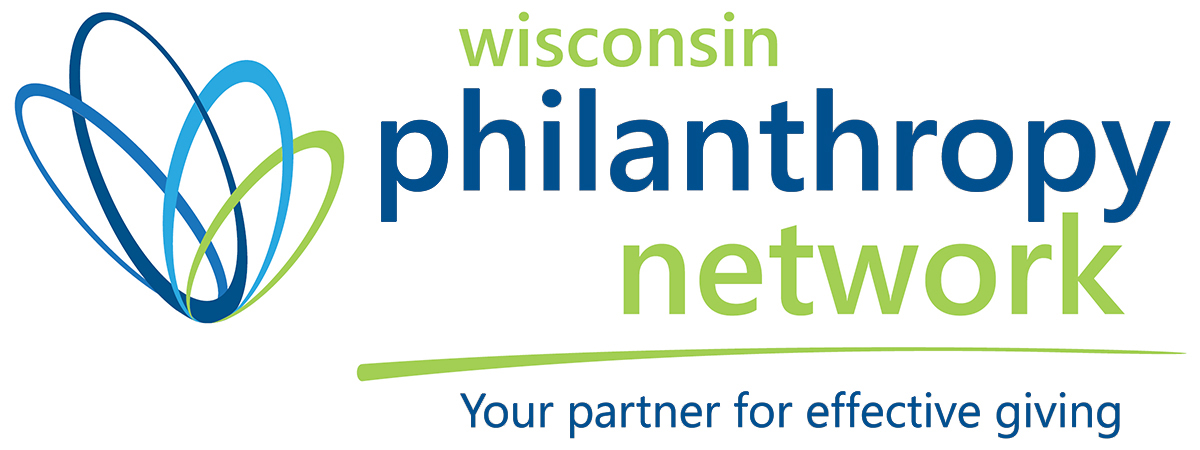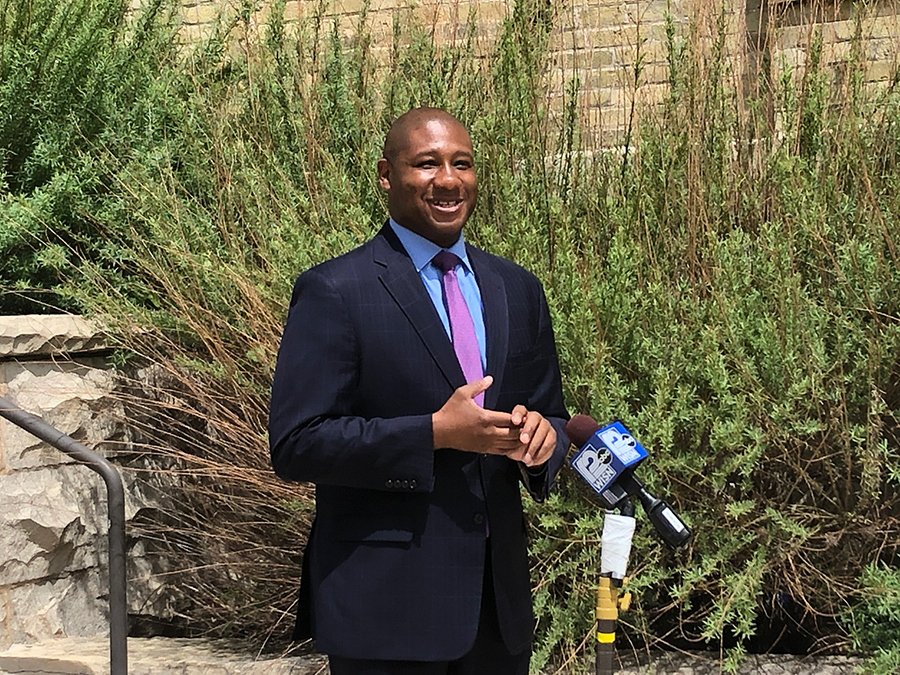JUN. 17, 2020
Wendell Willis is the executive director of the MPS Foundation
As school closures have interrupted the learning process for many students across the nation, some organizations have been working to ensure that our kids can keep learning even without being present in the classroom. Milwaukee Public Schools (MPS) in particular has a high number of students without internet access at home for remote learning, and the MPS Foundation has launched the Connect Milwaukee campaign to remedy that by raising $1 million for Milwaukee students. Executive Director Wendell Willis talks about it.
What is the MPS Foundation’s mission?
We are a nonprofit focused on fundraising for schools and district initiatives that cannot be covered with public dollars. We look to the community for support, whether it is organizations, corporations, community leaders or individuals. Our primary focus is on a number of core programs, workforce development, college and career readiness, arts programs and emergency needs. We support a number of programs, within workforce development—whether it is the work that’s happening in the college access centers that we have in our high schools, or whether that is a learning journey. That exploration may be learning about different aspects of a business; going to a business and doing a tour of that industry, learning what they do, the nuts and bolts of every job from entry level all the way to the CEO position.
Another program that we’ve been working on is the outdoor spaces revitalization. Some of these spaces are over 100 years old, and we’ve been working to renovate those properties and areas to make them into a better play field and an environmentally sustainable playground, as opposed to asphalt. And then we have our United Nations programming and arts programming where we fill in the gap for programs with limited resources. Then, the last one, which is to answer immediate district needs and emergency needs. That's where the Connect Milwaukee campaign fell into.
How did you react to the school closures?
Once everything shut down in the pandemic, the primary focus was on nutrition, as many households don’t have the food that they'd normally get, and they are relying on us to supply a meal or two during the day. Then, secondarily, we moved to providing academic and hygiene supply kits for students and families. And now, the third piece of what we feel is a basic need is providing internet connectivity. We’ve deploying a number of Chromebooks to our students. The one barrier that remains with some families is not having a quality internet connection or a portable internet connection, so we’re making sure that we can provide that to families as well.
How are you concretely rolling out the Connect Milwaukee campaign?
We are working with a number of vendors that meet the right specifications, looking at the pricing to make sure that it’s feasible and makes sense. We have one donor that came to us last week and said, ‘This is something that I’m interested in, and I've got $25,000 to commit towards the project,’ so that was our first dollars in last week. The devices we are providing will have security restrictions, where you’re the only one using it and you’re prohibited from going on sites students should not be on. It also has a tracking device, so we can shut it off if it has been stolen or lost.
The initial scope was looking at the 5,000 most vulnerable, most urgent students that needed this immediately. Phase one is really getting that piece covered. What we did was to perform a series of surveys: a lot of robo-calls to our parents, letter surveys and online surveys to gather information—whether it be phone calls, whether it be paper, whether it be online. That's where the 5,000 number came from. Then, the second phase will be moving into secondary coverage issues—those that didn’t get captured in phase one, and then looking at what the students need for them to learn online, making sure that somebody can teach them and have the resources they need.
Besides providing computers and internet to students, how do you ensure that learning is maintained?
We're supporting both the district staff (IT and academic) and teacher work needed so that they can be comfortable doing online learning. Obviously, you don't go to school to be a teacher and learn how to teach online. Either you personally want to do technology and learn how to do it, or you’re being thrust into it in a moment of emergency. So, our district is very limited on the number of people that were truly skilled in teaching with an online learning platform, knowing what it should look like, or can take a lesson plan and converting that online.
This is a long-term challenge and long-term solution that we’re looking at providing, because we want to make sure that learning should happen year-round and should happen daily. So, this is the tip of the iceberg, getting the two devices, the Chromebook and the hotspot, home, to be able to fully engage in a curriculum that’s robust and engaging, because we do know it needs to happen. It’s happened at the university level, where people do online learning all the time. It’s happened in the corporate level. It needs to happen in schools as well.
For more information, visit mpsfdn.com.




